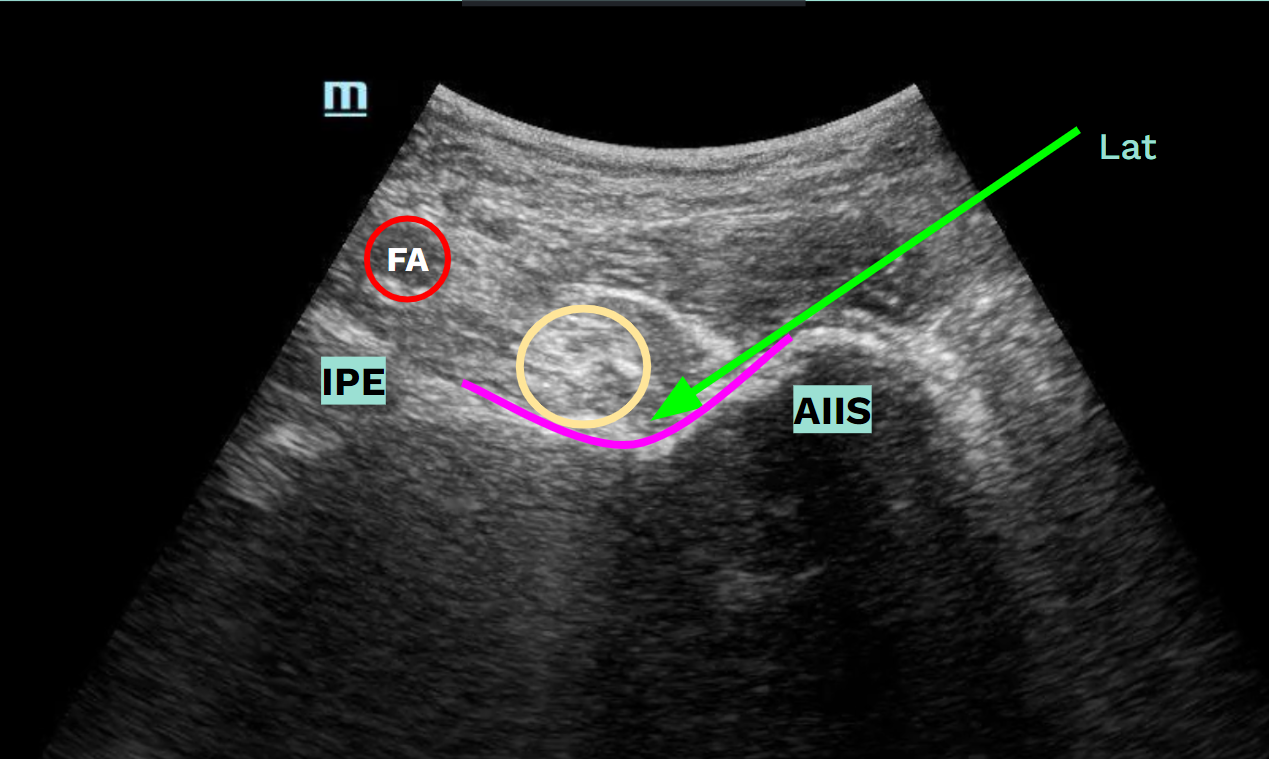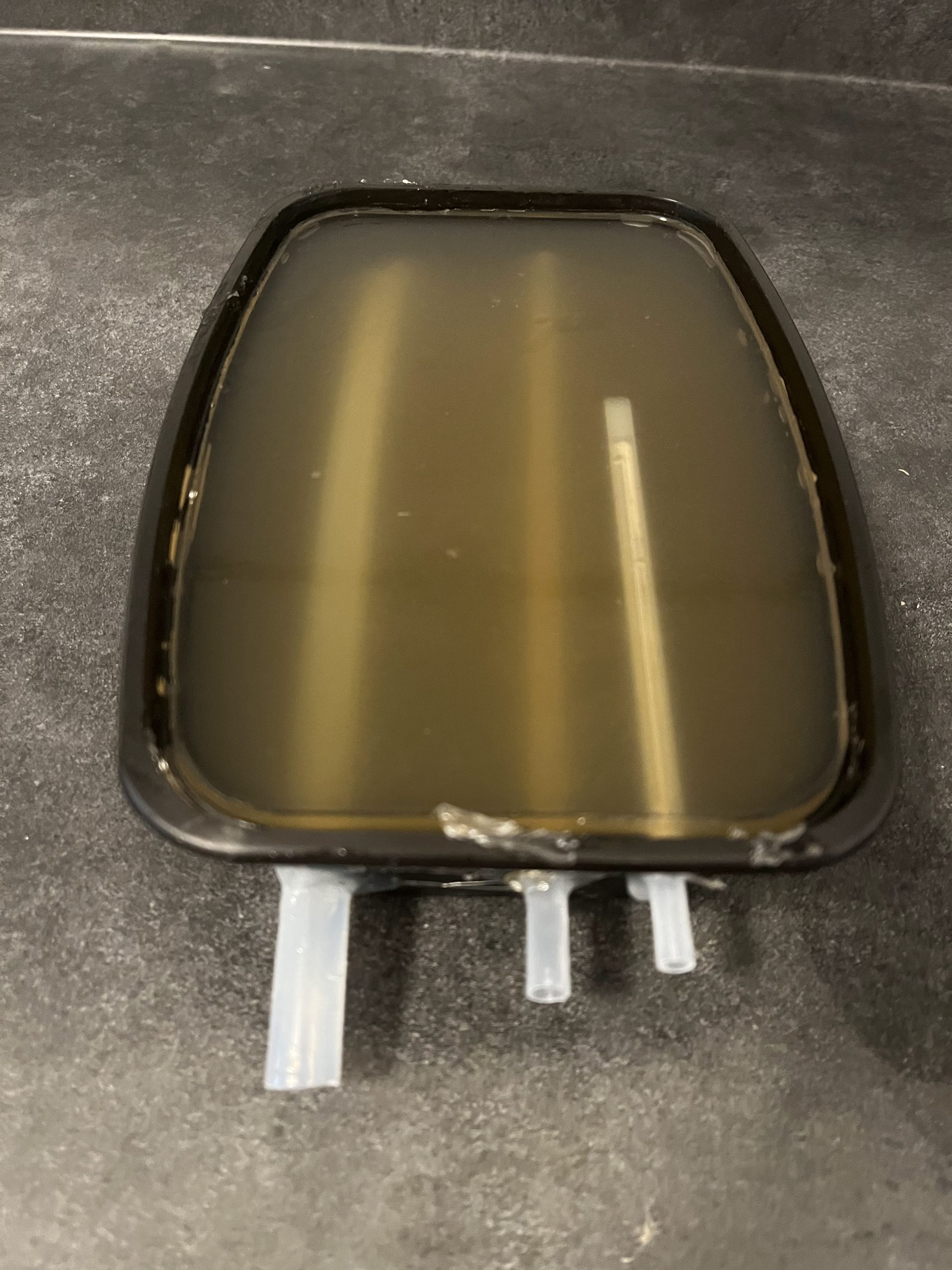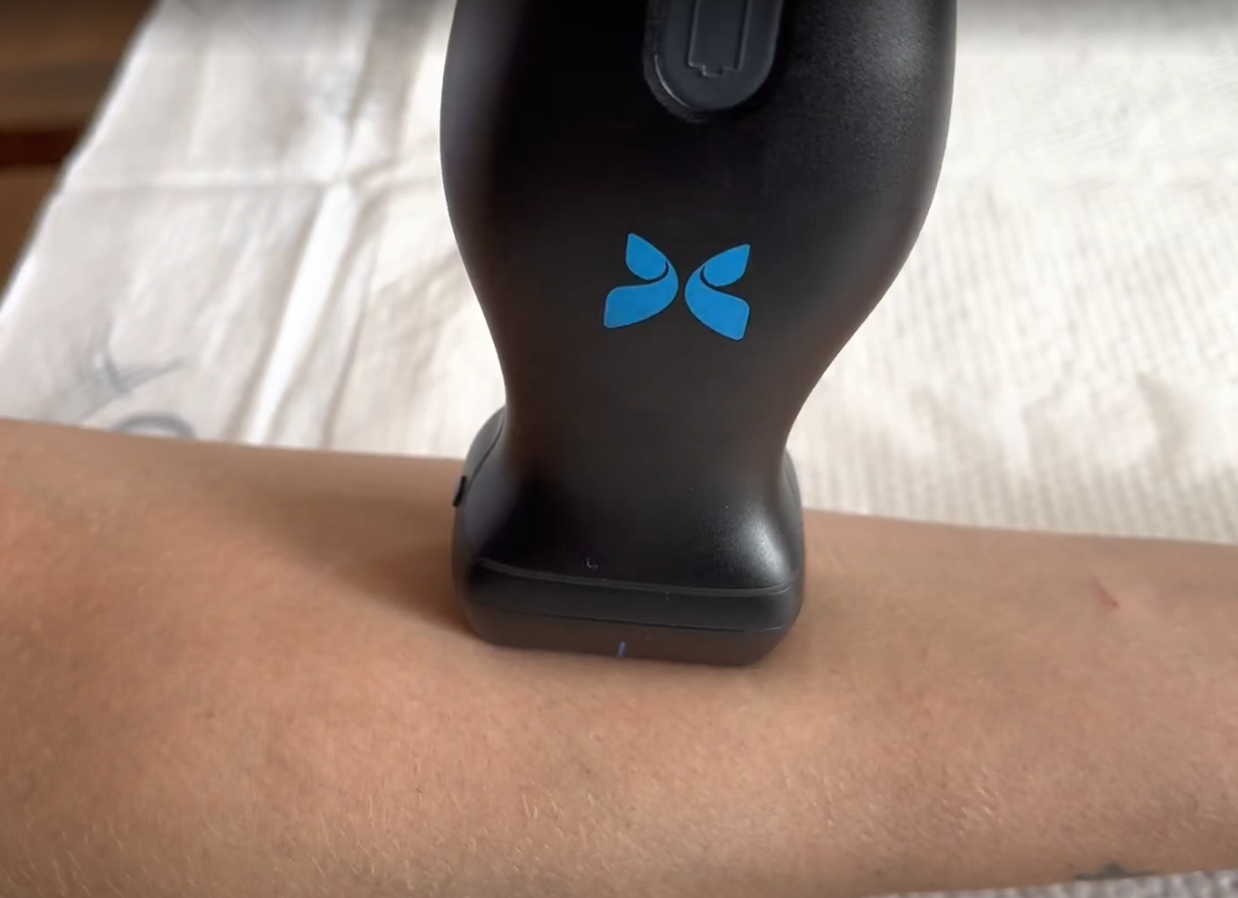Let’s talk about mandible dislocations & how we can reduce them. First, we need to take a look at the mandible anatomy – can refer back to this as we discuss mandible dislocation: So how does the mandible dislocate (also called te…
Medical Education
Headaches are the most common complication of doing a lumbar puncture (LP). Let’s dive into what causes them, how to prevent them, and what to do when patients come back suffering from a post-LP headache. Some major theories on why post-LP…
Let’s talk about large bore/central vascular access! We’ll review different kinds, their different names, and when to use them!Of note outside the scope of this review: how to insert each of these – I think this is better learned by watchin…
The PENG block is an effective, easy and safe way to provide analgesia to acute traumatic hip injuries
Step by step guide to build your own homemade ultrasound gelatin model for IV access. It’s simple, cheap and fast!
Ultrasound probe movements, the quest of the good vein, out-of-plane technique and in-plane technique of the ultrasound-guided intravenous line
Intro: Stroke is the third leading cause of death and number one cause of disability in the United States. Classically, strokes present with sudden onset focal neurological deficits in a vascular distribution and need prompt assessmen…
You’re at Sinai – and your patient is a renal transplant patient. What do you do? “Don’t you just call renal transplant?” Yes, you should definitely call them. But there’s other things to consider – see below for today’s TR pearls.



